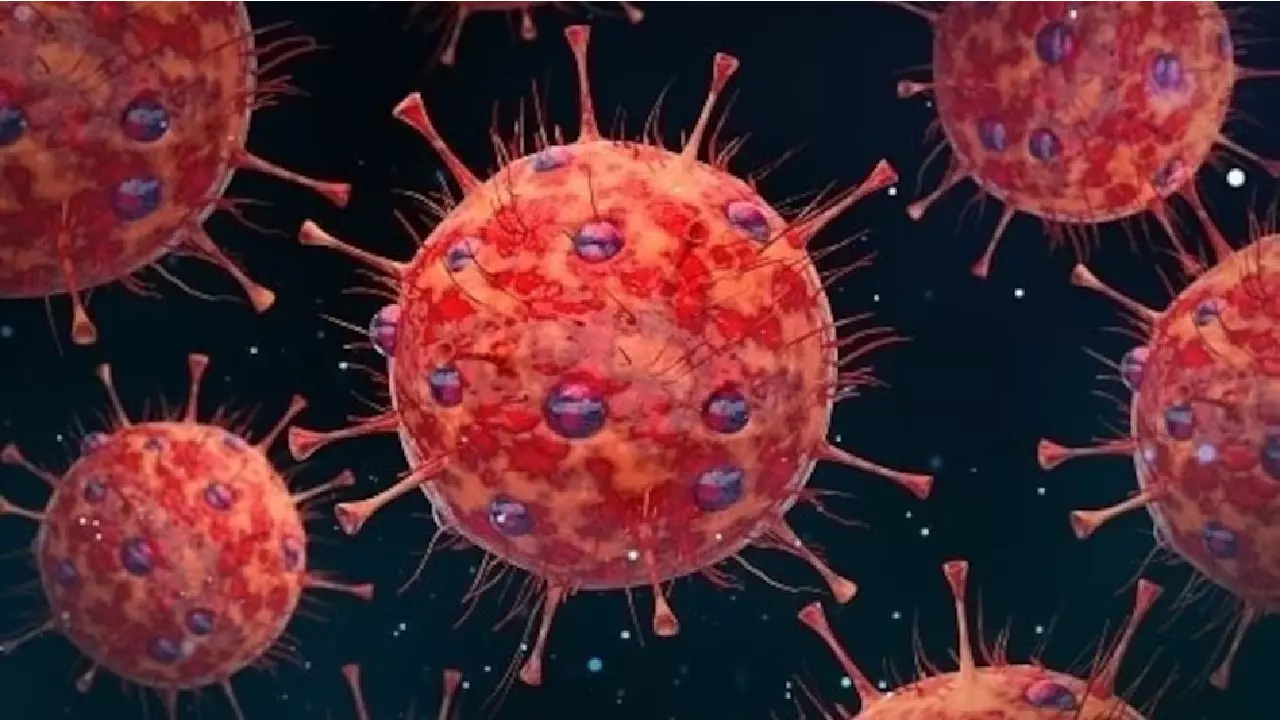HMPV Outbreak: Health Insurance Coverage, Symptoms, and Treatment Explained
Learn about the recent Human Metapneumovirus (HMPV) outbreak in India, its symptoms, health insurance coverage, and available treatment options. Stay informed about preventive measures and government initiatives to manage HMPV cases.
HMPV Outbreak: Health Insurance Coverage, Symptoms, and Treatment Explained

India is witnessing a rise in respiratory illnesses due to Human Metapneumovirus (HMPV), with seven confirmed cases reported across states, including Gujarat, Karnataka, and Tamil Nadu. Following an outbreak in China, the resurgence of HMPV has raised public concerns, especially for vulnerable groups like children, the elderly, and those with weakened immune systems.
What is HMPV?
HMPV, discovered in 2001, belongs to the Pneumoviridae family and is a common respiratory virus presenting symptoms like fever, cough, sore throat, and nasal congestion. While most cases are mild, complications such as pneumonia can occur, particularly in infants and individuals with preexisting health conditions.
According to virologists, HMPV has been present in India for over 20 years and is responsible for 3% of respiratory infections, with 10-12% linked to children. Despite its prevalence, severe outcomes remain rare but require prompt medical attention.
Health Insurance Coverage for HMPV
Many health insurance policies cover the costs associated with HMPV under standard respiratory illness provisions. According to Suman Pal, Chief Claims Officer at Onsurity, comprehensive plans typically include:
Hospitalization expenses
Diagnostic tests (e.g., PCR or antigen testing)
Outpatient consultations
ICU admissions and oxygen therapy for severe cases
Post-hospitalization recovery costs
Policyholders are advised to check specific coverage terms with their insurance providers.
Government’s Response
In light of the outbreak in China, India’s central government has urged states to enhance surveillance for influenza-like illnesses (ILI) and severe acute respiratory infections (SARI). Union Health Secretary Punya Salila Srivastava has emphasized public awareness campaigns promoting preventive measures, such as:
Regular handwashing with soap
Avoiding face-touching with unwashed hands
Maintaining distance from symptomatic individuals
Covering the mouth and nose when coughing or sneezing
Symptoms and Vulnerable Groups
HMPV typically causes mild cold-like symptoms, such as:
Sore throat
Nasal congestion
Cough
Low-grade fever
However, severe symptoms like wheezing, shortness of breath, and pneumonia may occur in:
Older adults
Infants
People with compromised immunity
In infants, symptoms can escalate to rapid breathing, chest retractions, or cyanosis, requiring immediate medical intervention.
Treatment for HMPV
Currently, no specific antiviral treatment exists for HMPV. Mild cases are managed at home with rest and hydration. Severe cases may require hospitalization, with treatments including:
Oxygen Therapy: For breathing difficulties
Intravenous Fluids: To ensure hydration
Corticosteroids: To reduce inflammation
Conclusion
The recent HMPV outbreak highlights the importance of timely diagnosis, preventive measures, and comprehensive health insurance. As the central government monitors the situation, staying informed and vigilant can help mitigate risks, especially for vulnerable populations.

